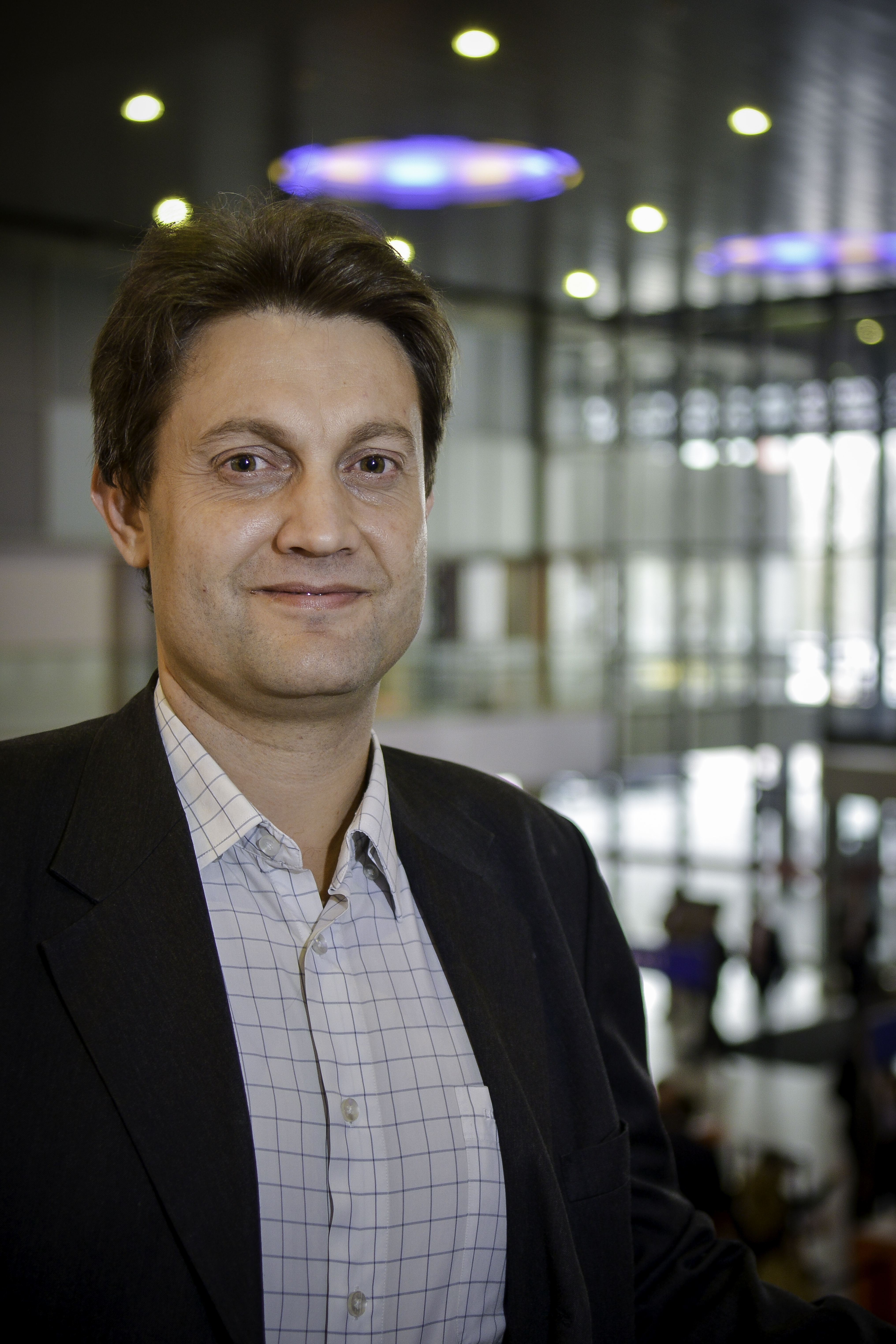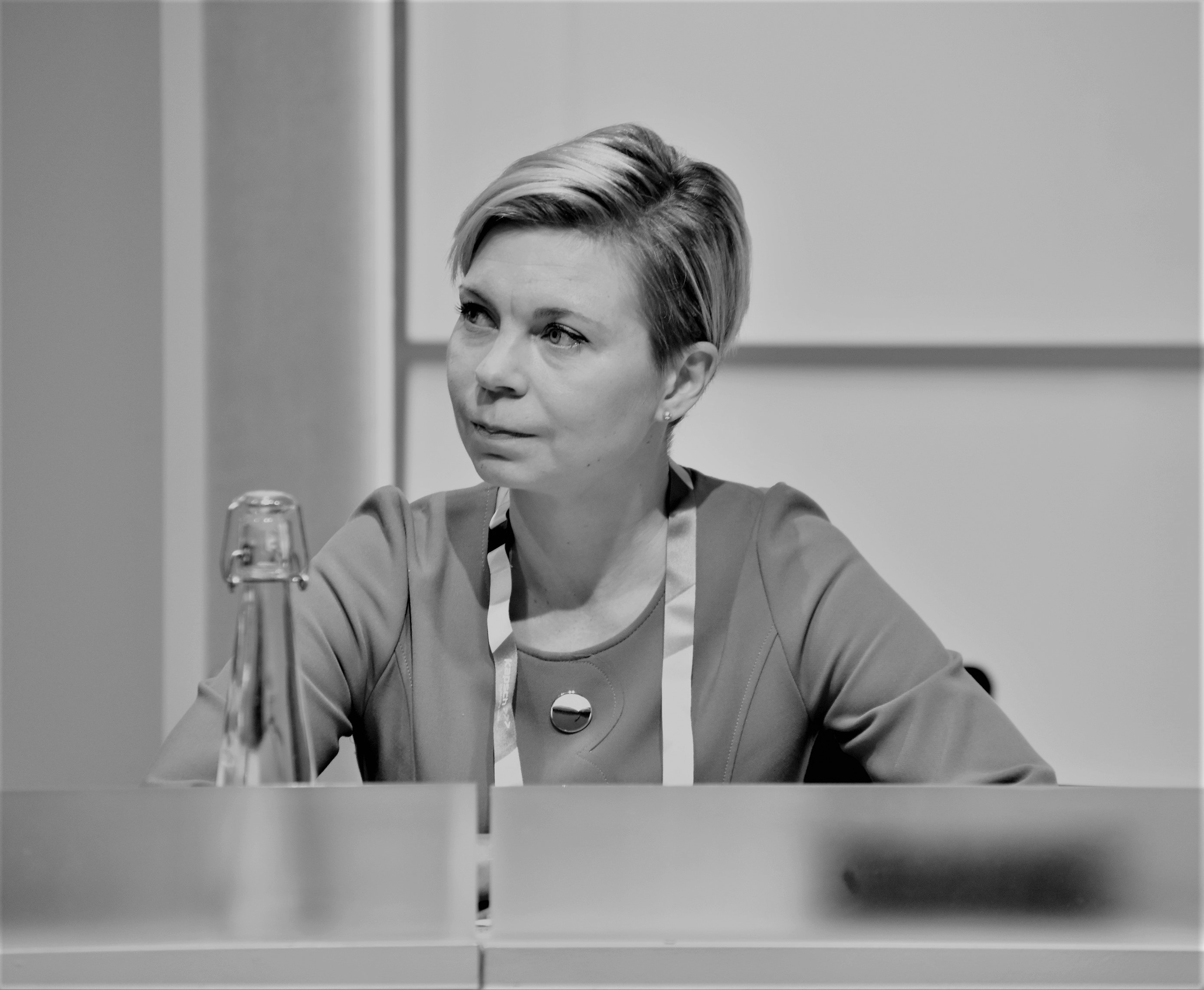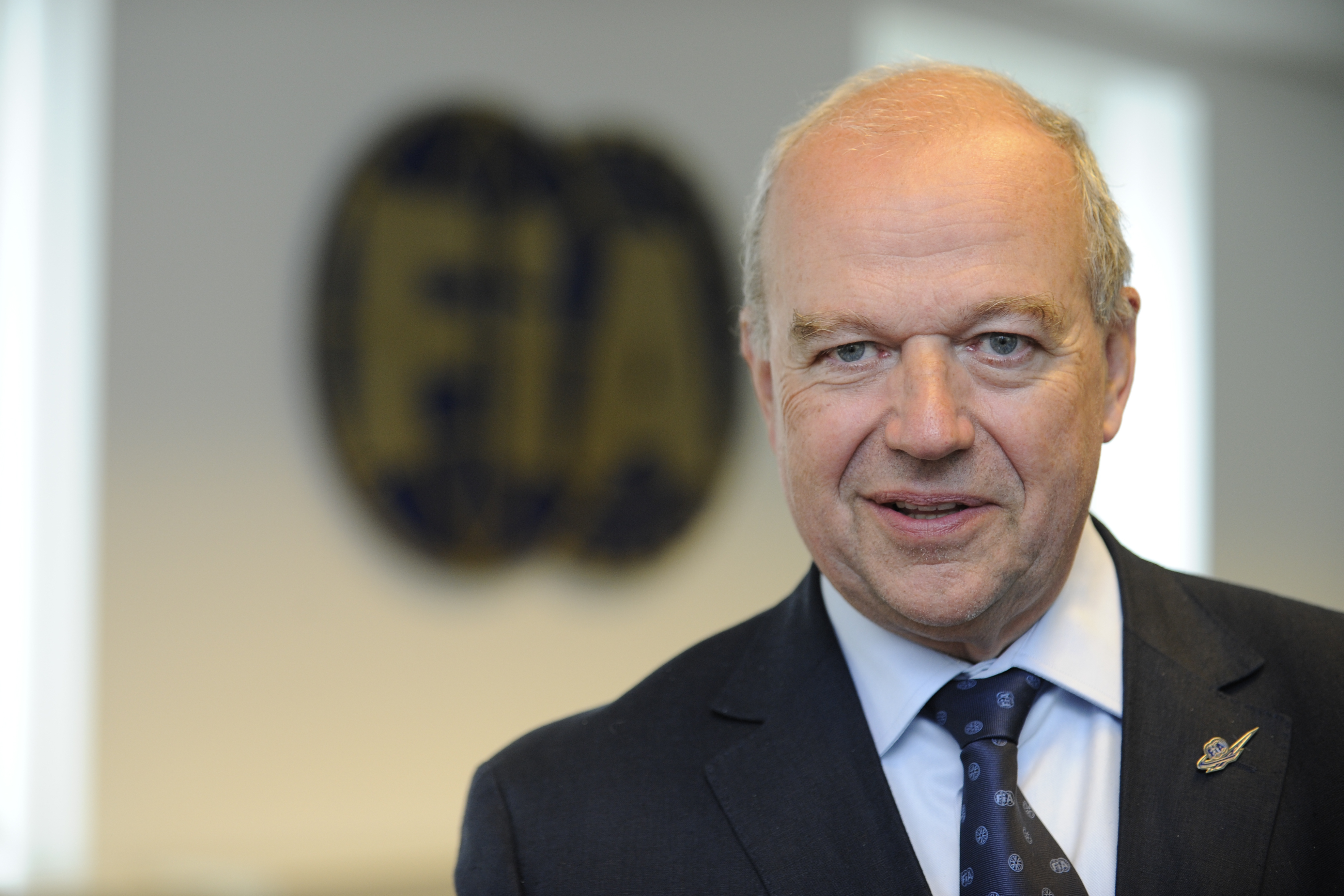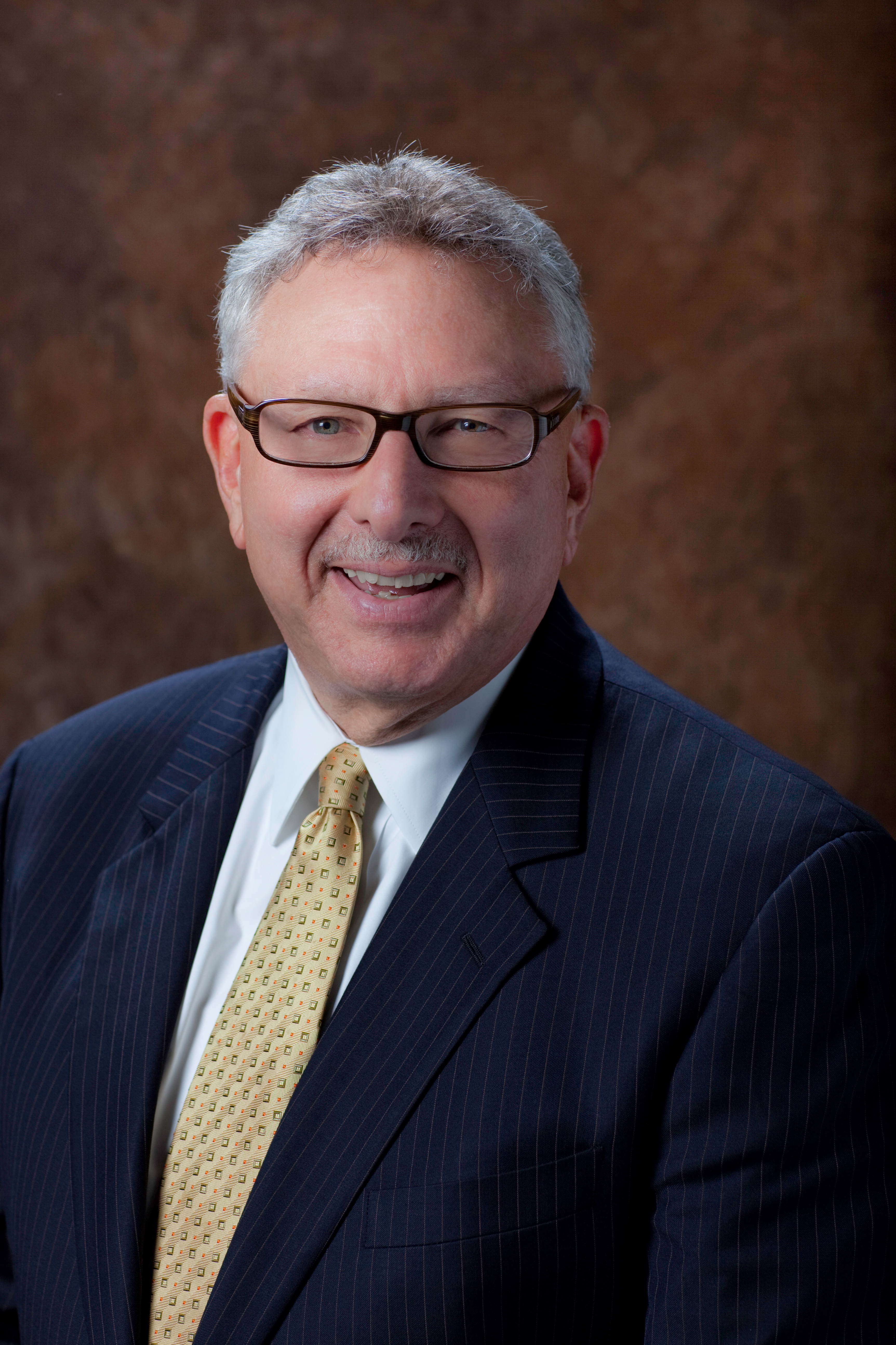As he takes the wheel at Ertico - ITS Europe, Jacob Bangsgaard talks to ITS International about the challenges and opportunities facing the organisation and the ITS industry.
Ertico - ITS Europe’s new CEO, Jacob Bangsgaard, is no stranger to the organisation having spent five years there before moving to the FIA (Federation Internationale de l’Automobile) in 2006. Four years later he became director general of the FIA’s Region I (EMEA), which represents more than 100 mobility clubs, and in 2012 he joined Ertico’s supervisory board.
A Danish national, Bangsgaard has a degree in international economics and 25 years’ experience working in Brussels on transport and mobility issues. He is also president of the MaaS Alliance which was formed at the 2015 ITS World Congress in Bordeaux.
Twenty-five years ago the FIA was one of Ertico’s 16 founder members. The organisation was set up as a ‘one-stop shop’ for the European Commission to discuss the deployment of ITS and how to overcome obstacles to technical development in the sector. “This required an independent, multi-sector platform to work on policy development,” says Bangsgaard.
Today Ertico has eight sectors: mobile operators, public authorities, research sector, service providers, suppliers, industry, users and vehicle manufacturers.
“These sectors more-or-less constitute what is needed in deploying a complex system of [transport-related] technologies in an integrated way. All these sectors need to work together in order to do the work we want to do.”
Ertico has 36 public authorities as members and the sector has a dedicated platform to enable two-way dialogue in order to address the key obstacles to deploying ITS and how the organisation can provide the information needed to enable deployment.
“We are trying to put together these sectors so they can learn from each other’s challenges. It is important, for instance, for the public authorities to understand the vehicle manufacturer’s strategies and that of the telecoms operators. Ertico has access to all the sectors and so we can provide the forum for these discussions.”
He sees the requirements to be neutral and cover multiple sectors as both a strength and a weakness. “At the FIA we could prepare position papers on sensitive policy areas such as data privacy because all our members were in the same kind of business and could agree on a common opinion. At Ertico we focus the effort on thought leadership and work with our partners to facilitate cooperation rather than lobby for certain policies.
“We provide input from the sectors to the development of policies and strategies. We can say ‘yes but you have to take into account the public authorities’ or ‘don’t forget the users’ perspective on this’. We provide a more comprehensive view on the issues when the Commission asks our opinion – which is often challenging” Bangsgaard explains.
In this respect Ertico aims to advise on what is best for the development of the whole European transportation sector.
Bangsaard’s view is that the role of the European Commission should be to bring down barriers to allow a smoother development of more complicated and integrated systems. “That’s why ITS is more complicated that developments in individual sectors – it requires cooperation between the vehicles and the infrastructures, the cities and the users, and the different transport systems. Individual sectors will not develop such systems by themselves, you need to break down barriers to facilitate the development each sector can contribute – and that’s the role of the Commission.”
Bangsaard sums up the future of transport in one word: Connected. “Vehicles, transport systems and people will all be connected.” Just back from the Mobile World Congress, he says: “When you see what is available and the curiosity of users in connected services, that is changing the way the sectors are viewing smart mobility.
“For public authorities, the digitisation of transport gives them opportunities to save costs and ways to create new services - so rather than having half-empty buses maybe different vehicles, different routes or different timings are needed. Instead of route planning, they might want to look at transport on demand which opens a whole new way of providing mobility services.
“Car manufacturers are increasingly seeing themselves as mobility providers - perhaps to the point where individuals do not own a car but have access to one for the weekend and use other services for their daily commute which could include car share for parts of the journey.”
He identifies sharing information to foster innovation and giving up the old ‘silo’ thinking as key enablers of these new forms of mobility. “Users nether need or want silo thinking. They want to use the intelligence they are seeing in their daily lives to select services they want. They have increasingly accurate information about their location and options to get to where they want to go.
“This scenario is complicated because it forces some big decisions – ‘should I buy a car, will the alternatives offer the convenience of a car?’ Car sharing schemes are still struggling because at the time users want to travel there may not be a car available in the nearest location and they don’t want to walk 400m in the rain to pick one up from elsewhere. And moving between modes is still not as convenient as sitting in your own car.”
Road user charging is an area where Bangsgaard is predicting change although his reasoning is interesting: “In other sectors consumers are learning to pay for what they use and at the same time they are becoming more reluctant to pay for things they don’t use. How long that will take to work through to political changes I don’t know. In Finland they tried a big step [to introduce infrastructure user charging] but they came up against a lot of resistance from several sectors.”
Another factor is whether the public trust politicians to change the system fairly and transparently or simply seek to increase taxation by stealth. “In my time at the FIA we were in favour of pay-as-you-go user charging. But in many countries it is being viewed as additional charging on the motorist that would either be diverted to other modes of transport or used to reduce the general deficit. It is a matter of trusting that the authority gives you what you pay for.”
He cites a study of the 27 EU countries initiated by the FIA which found that car users pay 214% of the cost of the infrastructure – including both construction and maintenance. When a debate is opened about different methods of payment, there is immediate concern about whether drivers will have to pay more.
“In Finland the Transport Minister had a vision of setting a cost for the infrastructure and then distributing that cost among those using it. In principal the users should have an interest in only paying for what they use. But it was too much of a revolution for some sectors; too much fear about what the implications would be and what the final bill would be for the different modes.”
While acknowledging that single occupancy vehicles cause congestion in many cities, Bangsgaard questions why authorities are not using the available data to improve public transport rather than imposing restrictions to force people onto other modes. “I haven’t seen that work yet. What I have seen work is stimulation of demand – this has happened in the music sector and for TV needs. It is now coming to the transport sector as Mobility as a Service (MaaS).
“If you share the data and make it possible for companies to introduce more innovative services then changes will happen. And if I learned one thing from the car sector it is that people don’t want to be stuck in their cars if they have an attractive alternative.
“Most drivers also have a bicycle and walk and have kids that cycle. I love cycling - although it is difficult in Brussels. But when I’m in Berlin, Paris or Copenhagen, then it is a pleasure and a great alternative for some trips. The authorities have the responsibility to ensure the infrastructure is shared and safe - and that means more than just painting bikes on the roads. Politicians misunderstand this when addressing the FIA and believe all drivers are wedded to their cars.”
This is where he sees such potential for ITS both in the traffic management where “there is still much to be done” and also on the safety side for connected vehicle technology. “This will allow the various modes to inform other users of their position,” says Bangsaard. He also cites that cars become safer with electronic stability control, blind-spot monitoring and automatic emergency braking, but adds that when it comes to the car versus other road users then proximity and intersections warnings are needed.
“There are plenty of opportunities to use ITS to improve safety for all road users,” he adds.
Asked how he would make the case to FIA members for bicycle lanes, bus prioritisation, low emission zones and photo enforcement, he says: “Car owners also cycle, take public transport and breathe the air, so it is not ‘us against them’.
“If commuters have a safe and convenient alternative to the car they would probably take it – so we have to use the technology to better utilise the infrastructure. If the car tells the driver it will be 25 minutes quicker if they park and take the metro, they would probably do it – but you can’t find parking and you don’t have the metro timetable in your car. That information is out there, but is not yet integrated.”
Even though car manufacturers are starting to include information on alternative modes in their infotainment systems, ticketing has yet to be smoothed and that is where he sees the advantages of MaaS. “If you don’t need to buy a ticket and simply get a monthly bill, then it starts to become interesting.” Although he adds that these solutions need to be useable everywhere and ‘roaming’ issues need to be addressed: “If travellers have to download another app in each city or country, then they won’t use it.”
In regards to overcoming the many remaining hurdles, he says: “The best way is to bring people together, as we do at the ITS Congress, to show them what has been developed by others and Ertico’s inter-sector platforms facilitate discussion to find common cause. The days of developing things in isolation and not sharing information or data are past.”
When asked why the mobile communications companies appear to be ignoring the road safety implications of their technologies, he says: “There are many benefits of using new technologies to help drivers and, for instance, mirroring the mobile phone in the vehicle will help. Handset producers don’t think it is a good idea to text while driving - in fact nobody does.
“Automated and intelligent systems remove the annoying driving efforts in queuing traffic, make driving more relaxed and safer as well as taking away the negative sides of driving.
“However there is a challenge here. I never take my car to work [in Brussels] as I don’t want to be stuck in traffic. But if I had an autonomous vehicle that picked me up and I could work for an hour during the journey, then I would probably take it and I am wondering how many others would too. This is something that has not been thought about enough,” he concludes.
Another topic for Ertico’s sectors to discuss.
Ertico weaves tunnel visions into the ‘big picture’
As he takes the wheel at Ertico - ITS Europe, Jacob Bangsgaard talks to ITS International about the challenges and opportunities facing the organisation and the ITS industry. Ertico - ITS Europe’s new CEO, Jacob Bangsgaard, is no stranger to the organisation having spent five years there before moving to the FIA (Federation Internationale de l’Automobile) in 2006. Four years later he became director general of the FIA’s Region I (EMEA), which represents more than 100 mobility clubs, and in 2012 he joined Er










